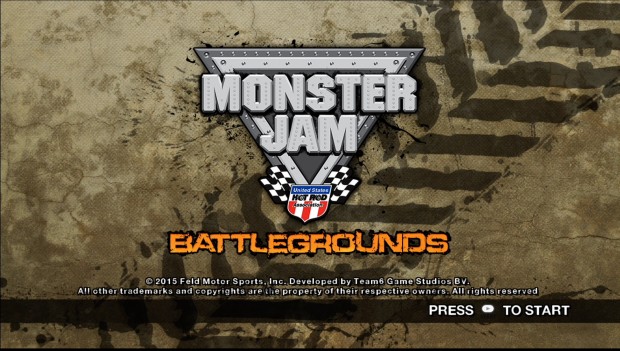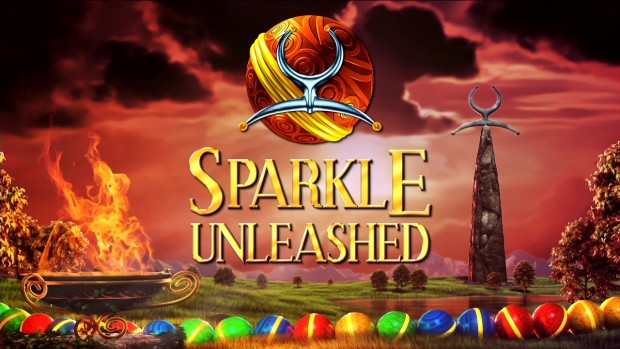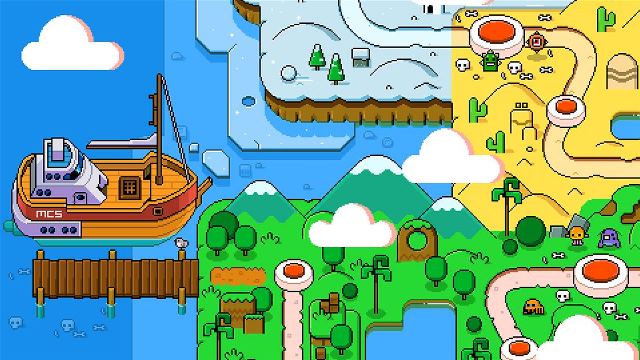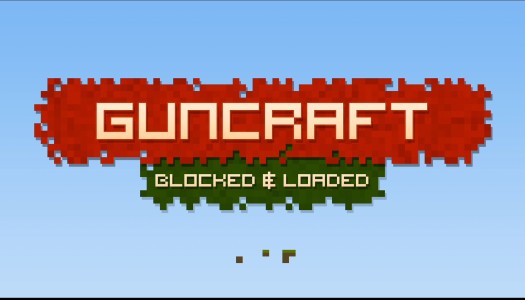 10 years ago
10 years ago
Guncraft: Blocked and Loaded review (XBLA)
While I was growing up, I was a fan of Dwayne “The Rock” Johnson — it’s not easy to dialogue in third person convincingly. In my previews for Guncraft: Block and Loaded located here and here, Read More
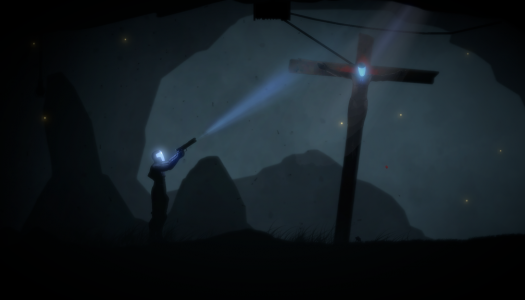 10 years ago
10 years ago
The Fall review (Xbox One)
When I first saw screenshots of The Fall, it immediately reminded me of The Swapper. There are striking similarities between the two games, and after playing them through Read More
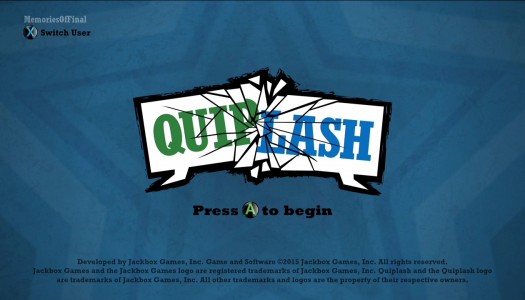 10 years ago
10 years ago
Quiplash review (Xbox One)
From the makers of The Jackbox Party Pack comes Quiplash, a project that survived a Kickstarter fundraiser. A total of $30,740 from 1,667 backers helped Jackbox Games bring its latest creation to life. Read More
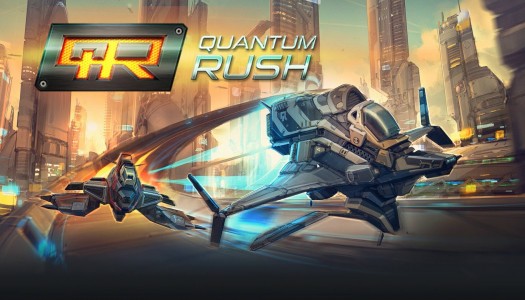 10 years ago
10 years ago
Quantum Rush: Champions review (Xbox One)
It should be obvious from the screenshots that Quantum Rush is a game created in the style of legendary PlayStation racer Wipeout 2097, albeit with the benefit of a full 15 years of hardware advancement. The question, then, is, can Quantum Rush live up to the expectations that come from emulating such an iconic game? Read More
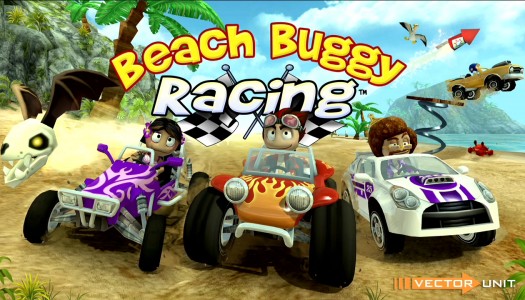 10 years ago
10 years ago
Beach Buggy Racing review (Xbox One)
Imagine one of those commercials in which a girl is picking petals off a flower while spouting out the phrases “he loves me” and “he loves me not.” Now substitute me for the girl and Read More
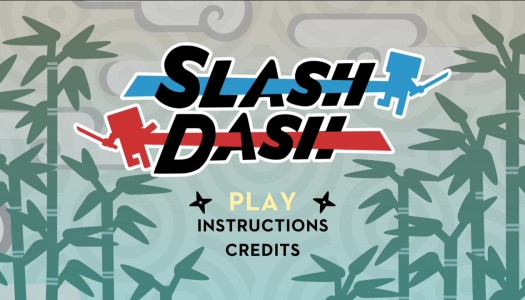 10 years ago
10 years ago
SlashDash review (Xbox One)
A quote from Roy Brown’s Butcher Pete song (featured in Fallout 3) best describes your actions in SlashDash‘s: “He keeps hackin’ and wackin’ and smackin’.” Read More
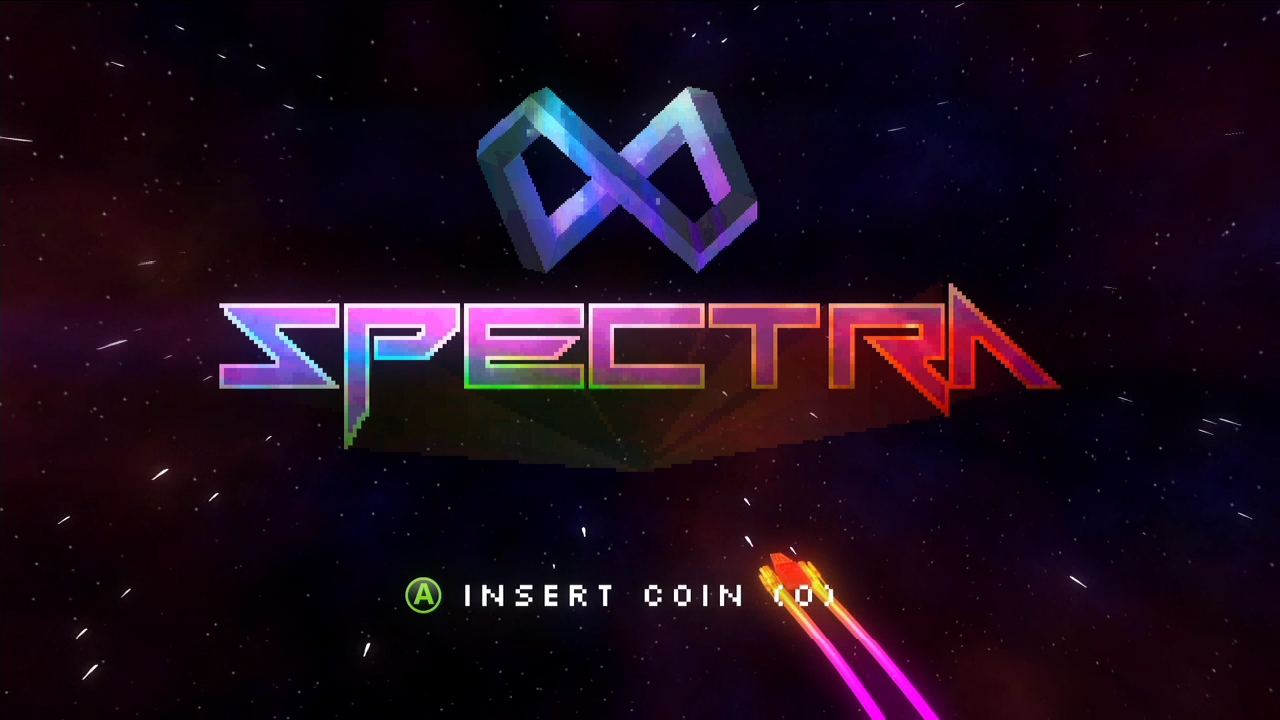 10 years ago
10 years ago
Spectra review (Xbox One)
When Microsoft first announced the ID@Xbox program, Spectra was one of the many games that briefly showed up in the announcement trailer. I thought to myself, ‘Wow this game looks pretty cool; I can’t wait to try it.’ Having now played it, though, it was not like what I expected. Spectra may as well be an endless runner since the player has no control over the acceleration of the ship. Not only that, there is no finish line that would be typical for a normal racing game. Success occurs in a level if the player manages to survive the timer, but the goal was initially unclear, and my first experiences simply devolved down to, ‘Here is a level, have fun.’ Fun can be had, but one question begs to be asked when playing this title: Have you ever wondered what it’s like to drive through gridlock traffic at breakneck speeds? I haven’t before but now we have Spectra: 8 Bit Racing to fill that void.
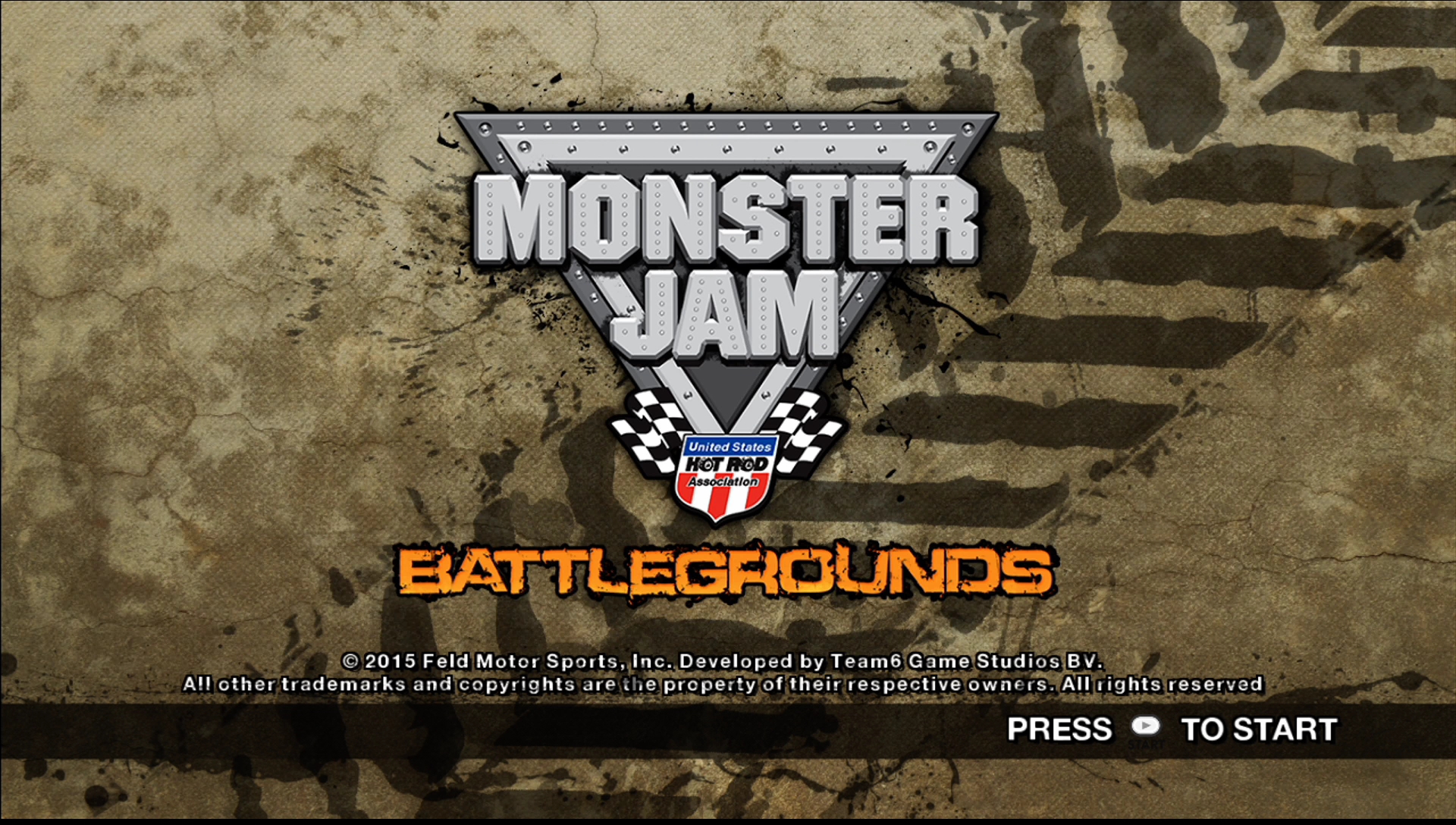 10 years ago
10 years ago
Monster Jam Battlegrounds review (Xbox 360)
Monster Jam Battlegrounds was developed by Team 6 and published by GameMill Entertainment on Xbox 360. It was released on June 10, 2015 for $14.99. XBLA Fans’ Michael Cheng purchased a copy out of pocket for review purposes.
Monster Jam Battlegrounds is easily a contender for the worst game covered by XBLA Fans of 2015 and is possibly the front-runner. Never have I felt as hoodwinked by a game and had as much buyer’s remorse on an Xbox product before as I have now, and I have made many extravagant purchases such as multiple Xboxs and collector’s editions for games from different regions and brand new, out-of-print Xbox 360 games like Dead or Alive 4 and Rumble Roses. I’d venture to say this is a sick and cruel joke by Microsoft to state that the XBLA platform is dead, and everyone should move forward to Xbox One and ID@Xbox. How, in 2015, can anyone justify one minute and 10 seconds of loading time and then having another 15-second period of filler with a stadium cutaway before finally being able to play a level that lasts about 15-45 seconds? As if that isn’t bad enough, there is another 30 seconds of load time after finishing and leaving the level. This is only scratching the surface of Monster Jam Battlegrounds‘s world of problems.
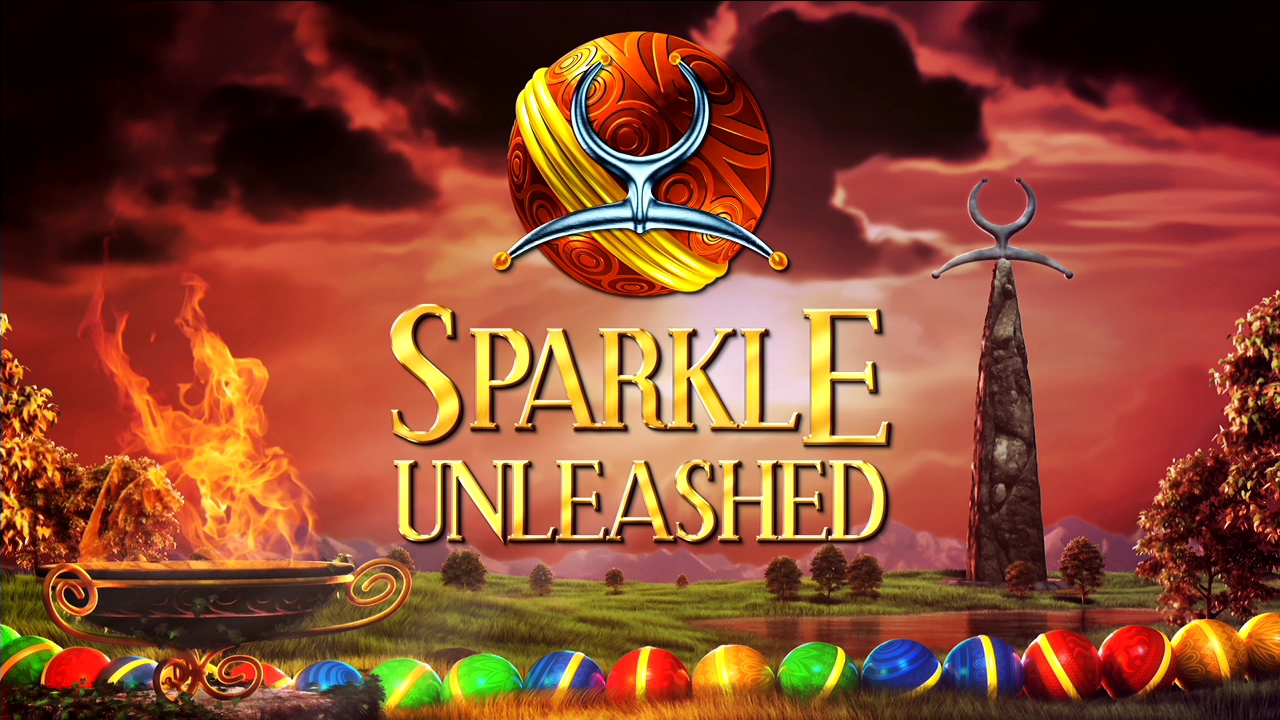 10 years ago
10 years ago
Sparkle Unleashed review (Xbox One)
Sparkle Unleashed was developed and published by 10tons on Xbox One. It was released on June 3, 2015 for $7.99. A copy was provided by 10tons for review purposes.
In a competitive market with many games vying for consumer purchase, I can’t find a single major fault to Sparkle Unleashed. Every feature is well-crafted, and there isn’t a wasted step in its motion. The graphics are aesthetically pleasing, and the music reminds me that a magical world can exist right at home. So can I cut this review short and recommend you buy it right now? Not quite.
Sparkle Unleashed is a puzzle game in which the player shoots colored balls into matching, moving colored balls to remove them from the play area. The balls on the field are constantly moving forward and will try to reach an end (that varies per level) to cause the player to lose. Some level layouts will feature multiple tracks from which moving balls may appear. As you complete levels, you’ll eventually reach scripted locations that allow you to choose to upgrade power-ups. It’s a simple but solid system that invites players to keep, well, playing.
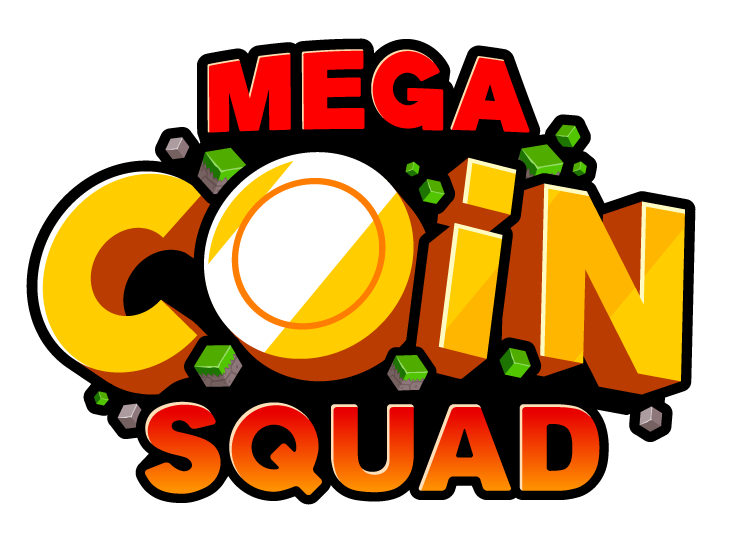 11 years ago
11 years ago
Mega Coin Squad review (Xbox One)
Mega Coin Squad was developed by Big Pixel Studios and published by Adult Swim Games on Xbox One. It was released on May 20, 2015 for $14.99. A copy was provided by Big Pixel Studios for review purposes.
You know you’re playing a special game when you are actually standing up out of your seat and cursing out loud at the creature that just killed you, but you can’t wait to hit continue and try again. Mega Coin Squad made me do that — a lot.
Big Pixel Studios’ platformer distills everything you like about platformers down to the bare essentials. You run and jump, you shoot, you dash, you collect coins and you die. A lot. And it’s also a lot of fun.

